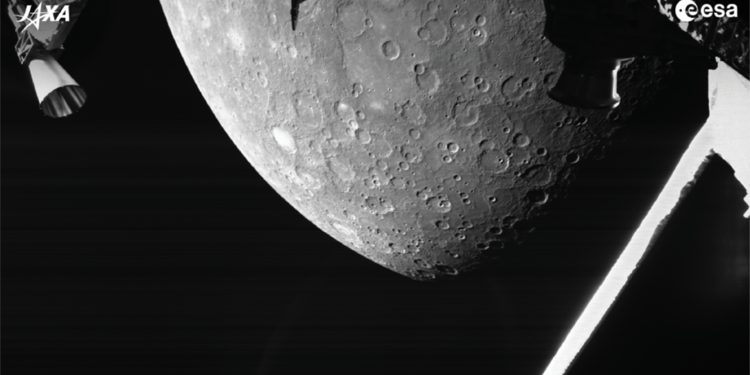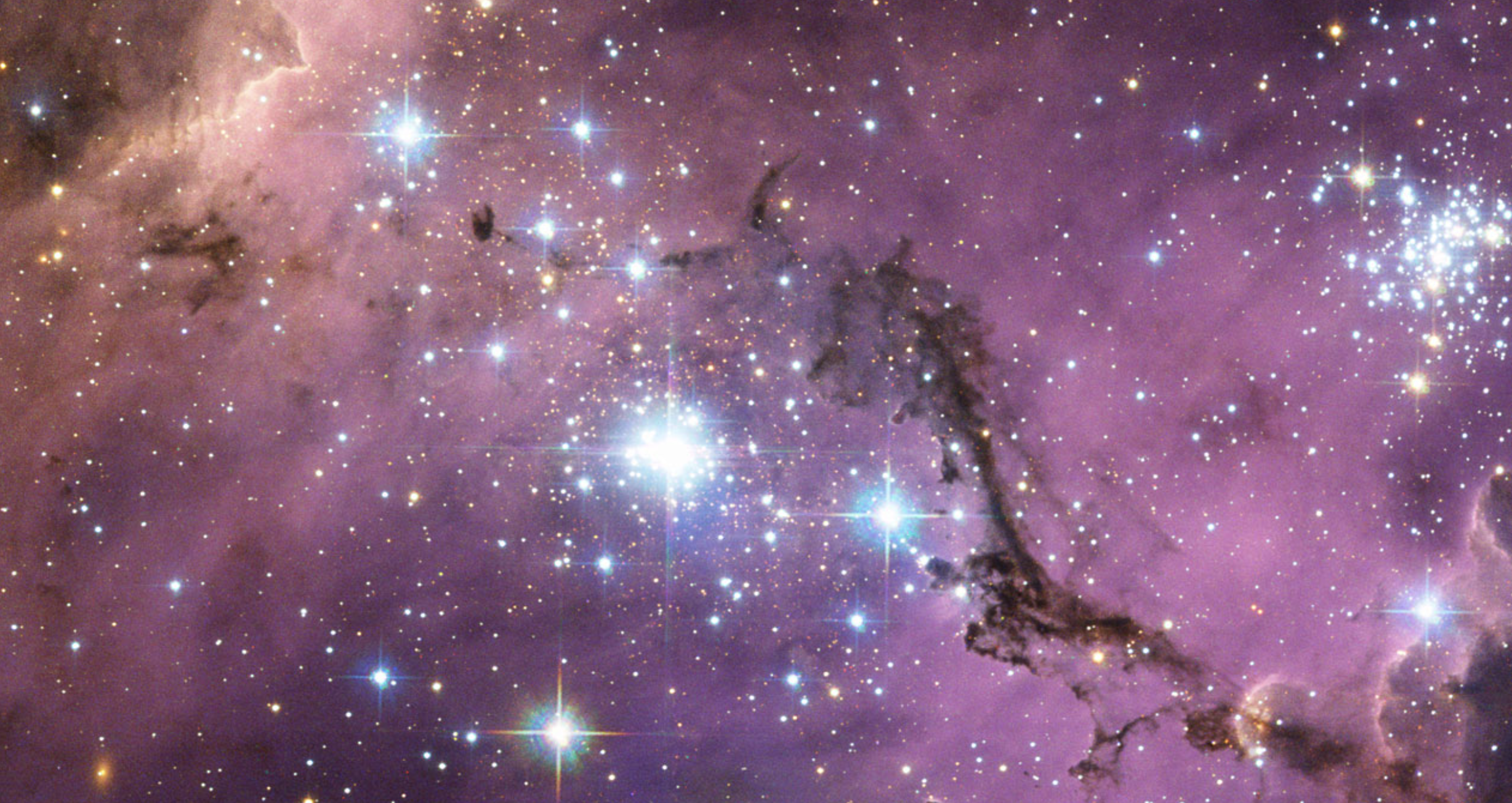The team of the BepiColombo interplanetary station has published scientific data collected during the first gravity assist maneuver off Mercury.
During the approach, scientific instruments estimated the composition of the planet’s exosphere, recorded the “singing” of Mercury’s magnetosphere in audio, and recorded the flux of neutrons and gamma quanta from the planet’s surface.
After Venus, BepiColombo also recorded the sounds of Mercury
Exploration of Mercury
Mercury is one of the least explored planets in the solar system. In the entire history of astronautics, only two spacecraft have been sent towards the planet, and the third mission, BepiColombo, was launched three years ago. It consists of the European MPO (Mercury Planetary Orbiter), the Japanese MMO (Mercury Magnetospheric Orbiter), and the MTM flight module.
When will BepiColombo enter Mercury’s orbit?
It is expected that in December 2025 the spacecraft will enter working polar orbits around Mercury and begin to study its surface and internal structure, look for ice deposits and determine the properties of the planet’s magnetosphere and exosphere.
First gravity assist maneuver
On October 1, 2021, the spacecraft first saw their targets up close, completing the first of six gravity assist maneuvers near Mercury. During the rendezvous, 11 out of 16 scientific instruments onboard the BepiColombo operated and collected various data.
What kind of data did the instruments collect?
The gamma and neutron spectrometer MGNS has detected fluxes of neutrons and gamma rays generated by the interaction of galactic cosmic rays with the surface layer of the planet’s soil, which are similar to those observed by the MESSENGER apparatus. The PHEBUS ultraviolet spectrometer has detected the presence of hydrogen and calcium in the exosphere of Mercury.
Sounds of Mercury
The data obtained by the accelerometer ISA (Italian Spring Accelerometer), which recorded the change in the acceleration of the vehicles in the gravitational field of the planet during the flight, were converted into sound. The audio recording of the sounds of Mercury also included moments corresponding to the vibration of the devices, in particular, when the PHEBUS device returned to its original position after observations, as well as sounds due to temperature differences.
Sound of the solar wind at Mercury
Scientists have also turned the data collected by the magnetometer into sound, which shows the dynamics of the magnetic field near the planet. The moment when the spacecraft crossed the magnetosheath, a highly turbulent boundary region where the magnetosphere of Mercury meets the solar wind, is clearly audible.
https://www.youtube.com/watch?v=kEZJnJQ_9_Y&feature=emb_title&ab_channel=AboutSpaceOnly
Earlier this year, BepiColombo also recorded the sounds of Venus
On August 9 and 10 this year, two spacecraft flew almost simultaneously near Venus for the first time in history. Both flights were performed as part of gravity assist maneuvers and are of great scientific value, allowing scientists to explore both the atmosphere of Venus and the near-planetary environment.
Data collected
Scientific instruments aboard both BepiColombo probes monitored ions in the Venusian magnetosphere and ionosphere and also obtained clear spectra of the atmosphere of Venus – the last time such detailed observations were conducted by the Venera 15 station in the early 1980s. In addition, the onboard cameras on the spacecraft received a number of images of the planet.
Sound of the solar wind at Venus
Besides Mercury, the BepiColombo team also turned into sound the data collected by the magnetometers near Venus, which demonstrate the interaction of the solar wind with the planet’s magnetosphere, in particular, we can clearly distinguish the moment of the spacecraft hitting the head shock wave, where the magnetosphere meets the solar wind. Intense noise indicates a region of a turbulent magnetosheath ahead of the bow shock. You can hear the sound of the solar wind at Venus in the video below.
Join the discussion and participate in awesome giveaways in our mobile Telegram group. Join Curiosmos on Telegram Today. t.me/Curiosmos
Sources:
• Clarke, A. (2021, October 19). ESA BepiColombo shares stunning audio from its first Mercury flyby [listen]. Science Times.
• Dorminey, B. (2021, October 16). ESA’s BepiColombo Orbiters Fire up instruments on First Mercury flyby. Forbes.
• ESA. (n.d.). BepiColombo’s first tastes of Mercury science.
• ESA. (n.d.). Sights and sounds of a venus flyby.











